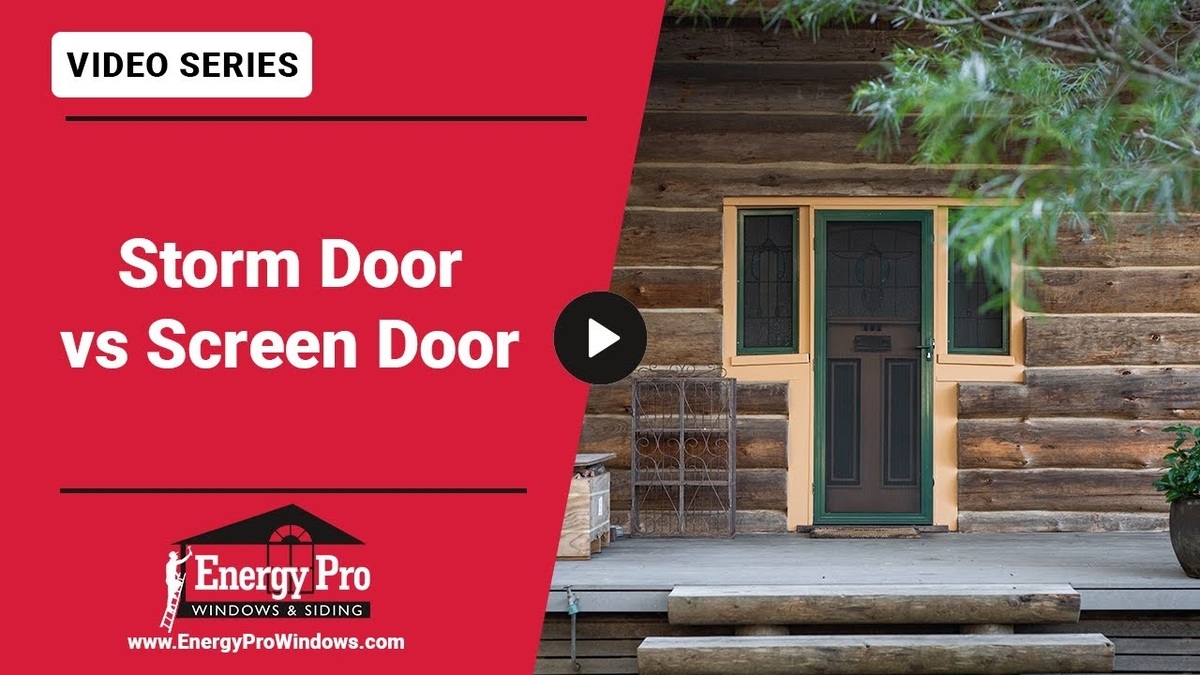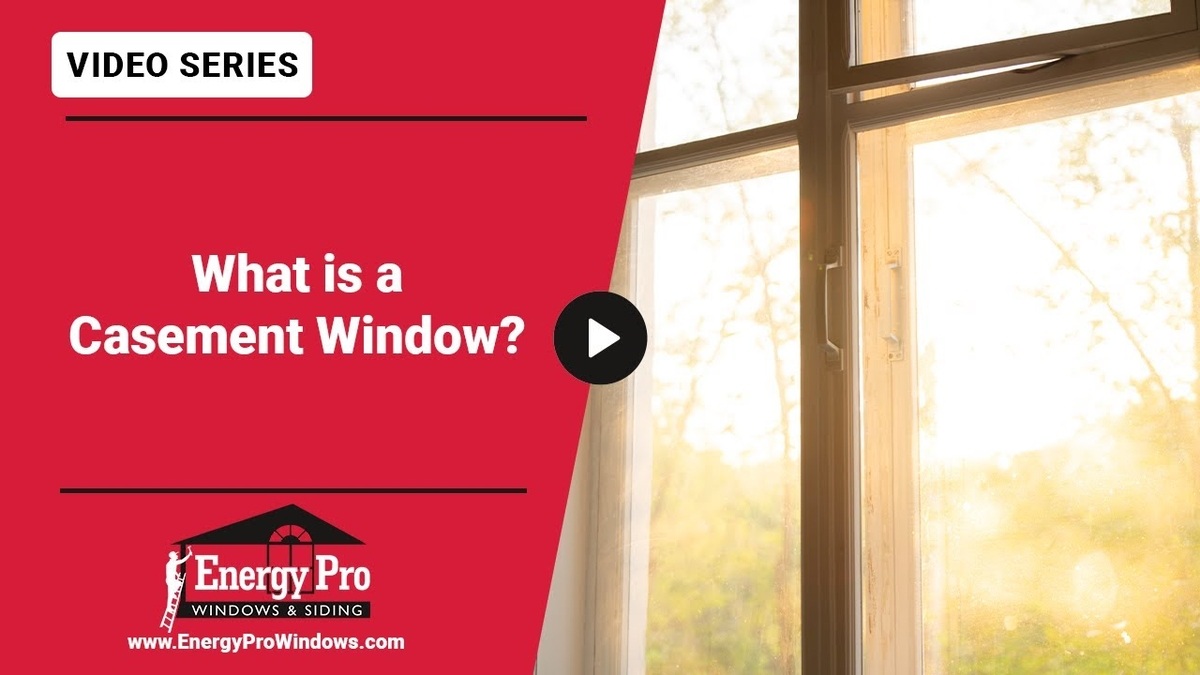Wood Rot is a major problem for any homeowner. It can invade and devastate the home like cancer, slowly eating away at core structural components. Rotting is often caused by caulk, or lack of caulk. Window caulk may be old and cracked, for instance, or a fireplace chimney wasn’t caulked at all.
Kansas City has harsh weather that contributes to these problems. We suffer cold winters, two distinct rainy seasons, and hot, dry summers. These weather elements serve to erode and damage even the best caulking jobs and contribute to the underlying structural rot that causes extensive damage to your home.
What Causes Wood Rot?
Wood damage is quite common, and it mostly comes from moisture penetration. Moisture can get into your home from simple peeling paint. And as mentioned, worn and cracked caulk also allows wetness to seep in.
Weather-caused problems are an ongoing issue with any man-made structure. In Kansas City homes, we often see that south and west facing sides of the house are baked by the hot, dry sun. This causes the caulk to crack and breaks the water seal. It’s best to check caulk on those sides of your house every three years.
On the north and east facing walls of your home, it’s common for moisture to accumulate from the shade and cooler temperatures. These degrade caulk as well, and that provides a path for the moisture to enter your home’s wooden structure.
Aside from moisture and sun, wood can become rotted because of insects and pests, including carpenter ants, snakes, rodents, termites.
Where Are the Problem Areas for Rot?
Chimneys are often the first place you’ll notice problems with wood rot in your home. Many homeowners attempt to add extra protection by putting liquid foam where the chimney connects to the home, but this may not prove effective for long.
Another common problem area is in the window frames. We often find problems the homeowner was unaware of when we’re replacing the windows. Water often collects at the bottom of the frame and begins degrading it. And you can’t really replace just a window frame, you’ll have to replace the entire window when rot is found.
How to Prevent Wood Rot
One easy way to prevent rotting wood is to replace your windows. When replacing your windows, we strongly recommend avoiding wooden windows all together. Even if those windows are covered with vinyl or other protective materials, they are prone to eventually rotting.
Manufacturers’ warranties are a good indication of whether a window is made from wood, because the guarantee is shorter. Wooden windows often have a 10–20-year warranty, whereas vinyl and composite windows have lifetime transferable warranties.
If window replacement is not yet an option, there are several other important things you can do to help prevent the wood from rotting in your home. The most important steps to take involve reducing or eliminating water infiltration.
If you have a sprinkler system for your lawn, make sure none of those sprinklers are aimed at the side of your house. Repetitive water soaking from those sprinklers are a sure way to degrade the wood.
Check around your dryer vent regularly as well. The dryer vent often creates condensation from the differences in air temperature.
Manufacturers recommend checking your window caulking every three to five years to ensure it’s not cracking or degrading. As mentioned previously, some sides of your house will have caulk problems around the windows due to intense heat and sun, while other sides will be prone to moisture from shade.
Our Experts Can Help
Let us help you determine the extent of your problem and find solutions to fix them. Whether you’re interested in replacing rotted old windows, or upgrading your siding, our experts have over 100 years of combined experience.
Contact us today for wood rot evaluation and solutions in Kansas City.



